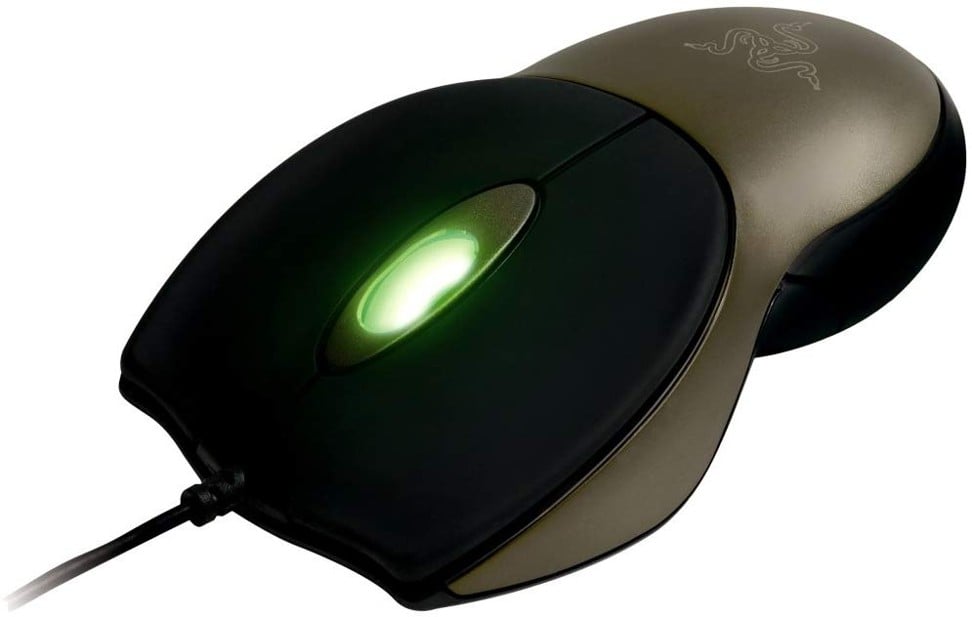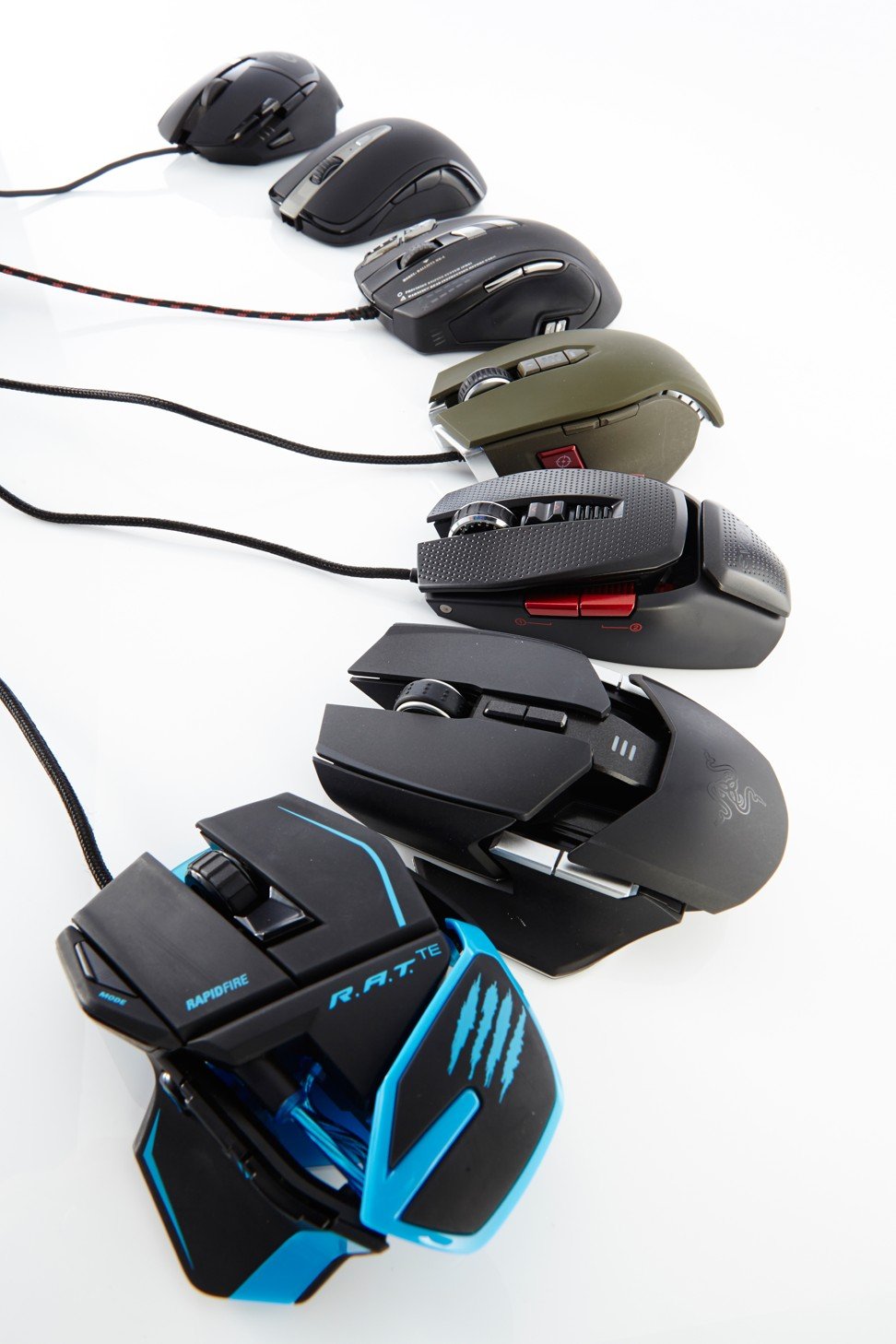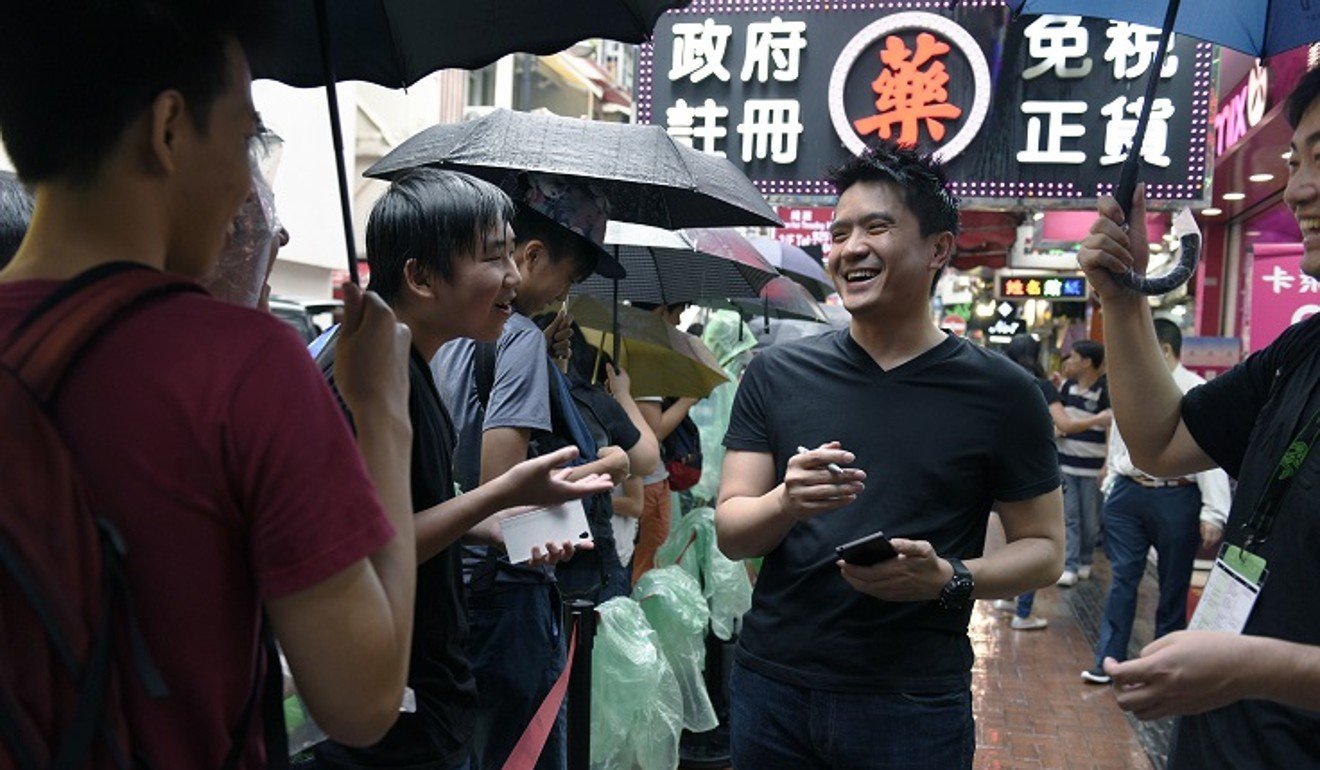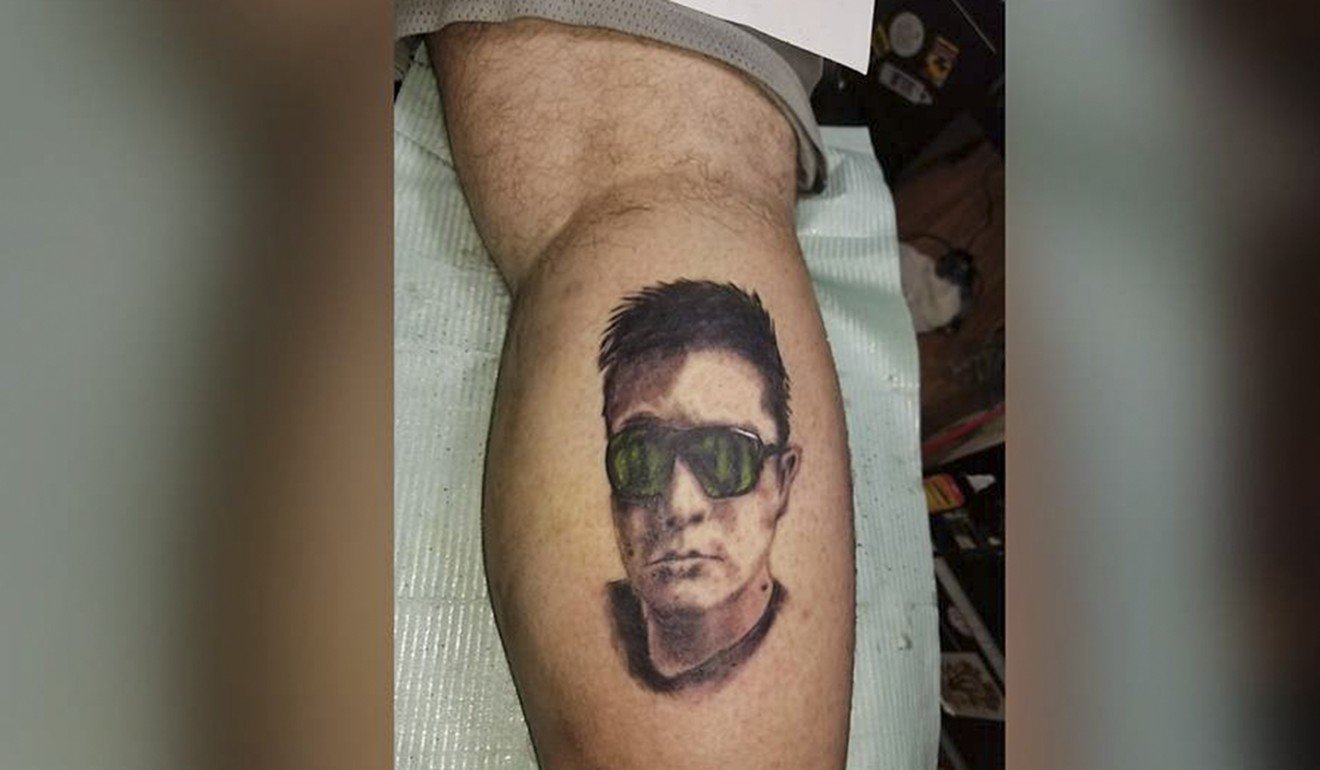
The cult of Razer: the story of the tech giant that took PC gaming to the next level
- Razer created the first dedicated gamer’s mouse, the first ‘pro’ mouse, and the best gaming laptop and phone
- The high-end hardware company is so popular, some fans have tattoos of its logo
Razer may now be one of the world’s sexiest technology companies, but it wants to be known as more than just a hardware manufacturer.
Tan’s success stems from giving serious gamers what they want and need. He and co-founder Robert Krakoff designed the world’s first gaming mouse – the Razer Boomslang – in 1999. They then integrated a light encoder – a precise and fast-transmitting sensor – into a mouse to create the world’s first pro gaming mouse, the Diamondback, in 2005.

While most mice at the time cost around US$7, Razer’s peripherals were targeted at the top end of the market and cost US$70 to US$140. Nevertheless, the devices were snapped up by serious gamers, especially fans of first-person shooter games, where speed is a matter of in-game life and death. In 2017, Tan became the youngest self-made Singaporean billionaire at the age of 40.
“I first came across Razer in Wan Chai Computer Centre in Hong Kong around 2006,” said Victoria Cheng, an avid gamer who moved from Hong Kong to Singapore in 2010. “I was blown away, as it finally felt like someone understood me – Razer was the first brand that embraced the ‘for gamers by gamers’ attitude. I had never seen gear like that before and took home a Razer mouse that very day.

“My friends and I geeked out over the kind of stuff that Razer made because, back then, being a gamer was dorky and not socially acceptable. The Razer aesthetic and technology made gaming look cooler, so these products became bragging pieces for us at LAN cafes, especially if your mouse had lots of buttons. Razer was a game-changer.”
Tan was studying law at the National University of Singapore before founding Razer. He forged strong bonds in the local gaming community, which would hold when he made the jump to tech, along with his training in intellectual property law and familiarity with tech industry guidelines.
“At the back of my mind, my mother’s voice would always be there saying, ‘You can do whatever you want, just go do it’,” Tan said during his commencement speech at the Singapore Management University in August 2019.

He admitted that he did not tell his parents that he had quit law to start Razer, but that they worked out something had happened when he would leave for work in a black T-shirt and jeans.
“The thing I’ve learned about family is that what they say to you is what they think is the best for you. But what is unsaid is that no matter what you do, whether you take their advice or otherwise, your family will ultimately support you with any decision that you make,” he added, while urging the audience to give back to their families and communities.
During an episode of CNBC television series The Brave Ones, Tan said Razer’s mice were named after snakes, because he intended his devices to eat up the competition.
“How could we build a better mouse, or in this case, the first gaming mouse in the world? … One of the most important weapons in a gamer’s arsenal is the mouse … We pinged our friends and said, ‘Who wants one of these?’… It was probably one of the earliest forms of crowdsourcing. It just took off.”
In 2013, Razer identified demand for a laptop dedicated to gaming. In an era when other firms were introducing budget laptops with thin profit margins, Razer, in its continued efforts to build an ecosystem around gamers, unveiled the high-end Razer Blade. At the time, gaming laptops were chunky because of the heavy-duty graphics cards and cooling systems required by demanding games. The ultra-thin Blade weighed less than 2kg and eventually became the world’s top gaming laptop.

Razer has enjoyed financial support from various individuals and organisations, such as Hong Kong tycoon Li and Singapore’s Temasek Holdings. Razer went public in November 2017 and at the end of its first day of trading on the Hong Kong stock exchange, Razer’s stock closed 18 per cent up. Razer’s public listing would become Hong Kong’s second most successful IPO of 2017.
Around the time of Razer’s public listing, the firm also unveiled the Razer Phone – a high-resolution phone with surround sound dedicated to high-speed and lag-free gaming.
Razer is also known for its proprietary keyboards, which allow users to save their settings to the cloud. Its keyboards and laptops are differentiated by Chroma, a distinctive kaleidoscopic lighting effect that is not only aesthetic but also functional. When playing popular games such as Fortnite and Apex Legends, a Chroma keyboard responds to the action in the game, providing visual cues that give players an edge.

The company now has its hands in hardware, software and online services, but Razer refuses to implement common revenue streams such as in-game advertisements and pay-to-access ecosystems, which the company feels will repel customers.
“The term ‘ecosystem’ is overused by many tech companies”, said Razer fintech CEO Lee Li-meng. “At Razer, we wanted to build a true ecosystem around gamers. After all, we already had two out of the three legs – the hardware and the software side of the business. The last part that we needed to develop was services.”
Razer Gold, a unified virtual credit system for gamers worldwide, is Razer’s first foray into services. “We looked at the situation and realised that young gamers in [developing] markets were unlikely to have access to credit cards or bank accounts to purchase Razer Gold online,” says Lee.
Razer started to speak with convenience stores to create physical touch points, where gamers could pay cash to buy Razer Gold,” Lee elucidates.

Razer Merchant Services (RMS) powers payments for major brands such as Lazada, Adidas and Sephora, along with reloads for prepaid airtime, bill payments and the purchase of gift cards. Razer Pay allows users to top up credit and make digital payments via offline points, without any need for a debit or credit card.
With the help of partners like Berjaya, a conglomerate that owns numerous consumer businesses across Malaysia, Razer Pay grew to 600,000 users with 300,000 transactions and became the top app in Malaysia within eight days of its launch. Besides game purchases for platforms such as Steam and PlayStation, Razer Pay also allows purchases at physical and online stores such as 7-Eleven, Burger King, Hermo, Bloomlist and Starbucks.
“I met Min (Razer CEO Tan Min-Liang) when we were both 13 and studying at the Raffles Institution,” said Lee, who hopes that Razer Fintech will not be seen by banks as a disrupter, but as a prospective partner that offers existing infrastructure and brand value.

Today, Razer has more than 1,400 employees. It manufactures its products in partnerships with companies in China, Taiwan and Vietnam. Razer’s partners include Microsoft, Tencent and Google, with which it is building new cloud gaming ecosystems.
Lee also notes that the advent of 5G is a huge game changer for Razer. While the proliferation of 5G technology means movies will be streamed faster and video calls will be clearer, this development matters most to devout gamers, whose wins and losses depend on latency.

Lee believes Razer has a distinct digital engagement strategy with its fans, and devotees sometimes lobby for the manufacturing of fake products featured in the company’s April Fools campaigns, such as the imaginary Razer Toaster, which attracted the most attention.
“Fans started a Facebook page for the Razer Toaster and demanded that the toaster be made if they hit a certain number of followers,” Lee said. To date, this page has amassed more than 47,000 followers. “Social media users were even getting images of this toaster tattooed on themselves, requesting that each tattoo count for 100,000 follows.”
Some fans insist that the Razer Toaster was an idea pitched by fans well before the April Fools’ joke by the company. One of those who got a tattoo of the Razer Toaster was Jani Ruotsalainen, a Finnish gamer.
“I’ve been fan of Razer since 2007. I fell in love with the black and green colour combination, and that logo. I have been in [the Razer Toaster] group since the beginning. I just love being a part of this community and [getting that tattoo] was kind of a ‘historic moment’ that I want to remember for the rest of my life,” Ruotsalainen said.

“I love the quality of their products and their lifespan as well. Most importantly, Razer is more like a family than a company or brand. It’s the most open community and has the best CEO anyone could ever ask for. My dream would be to one day work for Razer,” Larsson says.
Purchase the China AI Report 2020 brought to you by SCMP Research and enjoy a 20% discount (original price US$400). This 60-page all new intelligence report gives you first-hand insights and analysis into the latest industry developments and intelligence about China AI. Get exclusive access to our webinars for continuous learning, and interact with China AI executives in live Q&A. Offer valid until 31 March 2020.
